After months of delays, the government’s levelling up white paper is finally out. Boris Johnson has viewed this document as one of the things that will help him kickstart his premiership after months of negative headlines over partygate. However, MPs remain jumpy as letters of no confidence continue to trickle in.
As for the document itself, it comes in at a cool 332-pages and can be described as academic in places. While it sets out key missions, it is also heavy on history — complete with a timeline of the largest cities in the world since 7,000 BC including Jericho, Dobrovody, Yinxu and Ayutthaya. The biblical city, the paper states, ‘had natural irrigation from theJordan River, allowing it to produce and export the most expensive essential oilin the ancient world’. Pages are devoted to Gove’s favoured ‘Medici model’ as an example of how today’s agenda can learn from 15th century Renaissance Italy:
Across Europe, the Renaissance period in Italy and the Golden Age in Hollandoffered examples of similar periods of transformative, city-centric growth. In both cases the recipe was a familiar one — the magnetic attraction of people,culture, commerce and finance spreading ideas, innovation and ultimatelygrowth.
Addressing MPs in the chamber, Gove said the document sets out a strategy that will ‘make the country more equal and shift wealth and power decisively towards working people’. Echoing the language of Vote Leave, the levelling up secretary said that the proposals would allow local communities to ‘take back control’ of their destiny.
In order to do this, Gove has set the government 12 ‘national missions’ that they will measure success on, ranging from increased pay and life expectancy to eliminating illiteracy and improving local transport links. This includes legislating so that governments have a duty to do this by 2030. On policy, the fact that the Treasury did not grant new funds is apparent. However, it does promise more devolution — local areas are to be given the option to create new metropolitan mayors — and suggests selective state sixth form colleges across the country.
The reaction from Labour has been to criticise it as an underwhelming document. Shadow levelling up secretary Lisa Nandy made the point that 2030 is some time away — arguing that a lot of what the new agenda seems to be doing is trying to fix issues from Tory rule. More worrying for the government is the fact that their own MPs don’t seem particularly impressed by it. Steve Baker said that on first glance it appeared to lack conservative policies and that the proposals ‘wouldn’t look out of place in Labour’s manifesto’.
Some departmental aides are disappointed by the lack of off-the-shelf policies they can sell. ‘It’s basically Gove, Andy Haldane and Neil O’Brien showing off about their knowledge of historical trivia,’ complains one adviser. It’s clear that today’s document will not solve Johnson’s issues when it comes to finally getting this agenda off the ground. What’s more, the fact the deadline for the missions is 2030 begs the question: what will the Tories have to point to at the next election?
Got something to add? Join the discussion and comment below.
Get 10 issues for just $10
Subscribe to The Spectator Australia today for the next 10 magazine issues, plus full online access, for just $10.


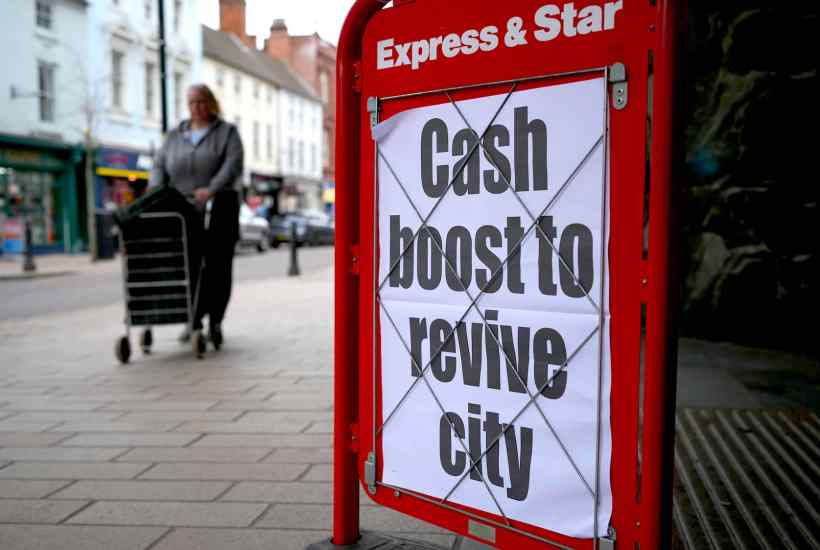
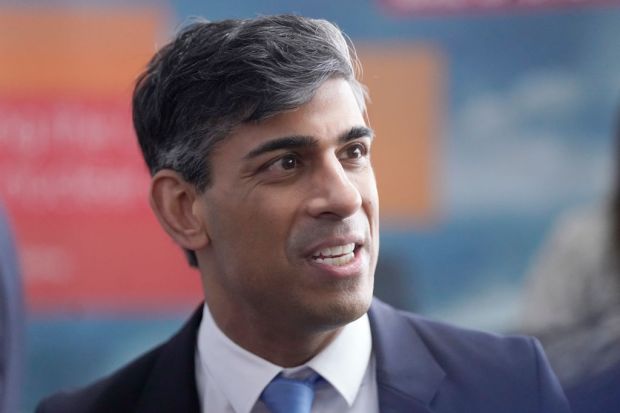
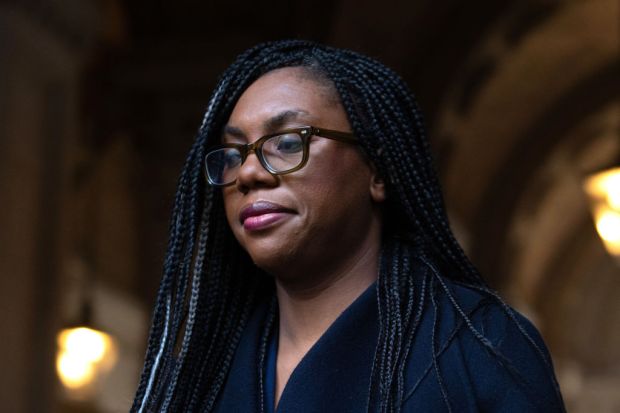
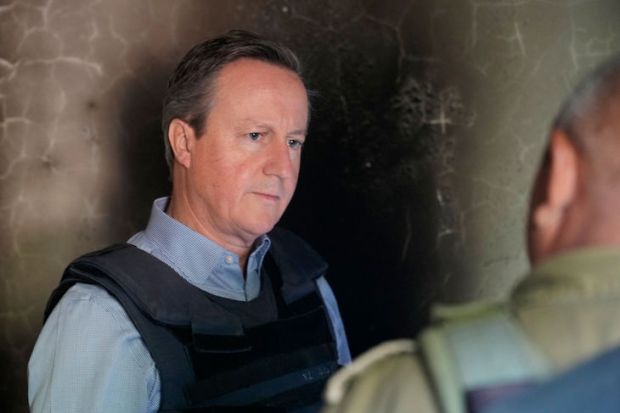

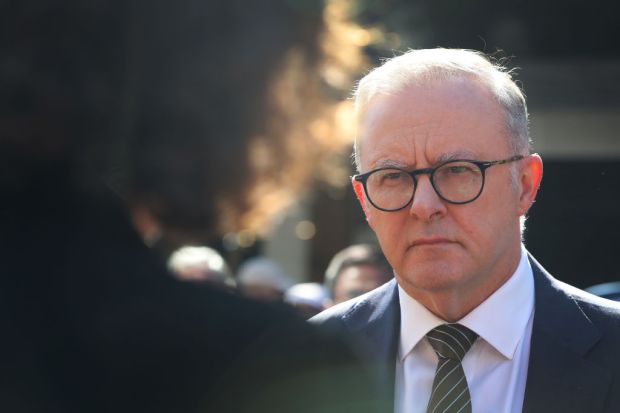












Comments
Don't miss out
Join the conversation with other Spectator Australia readers. Subscribe to leave a comment.
SUBSCRIBEAlready a subscriber? Log in